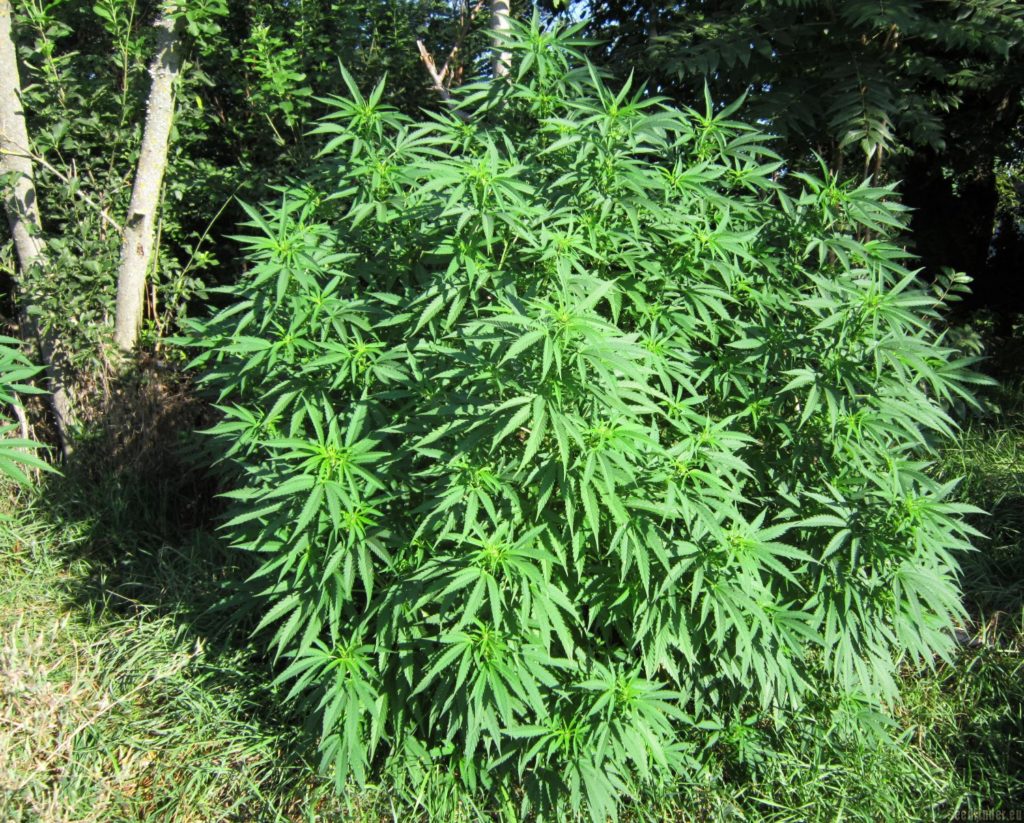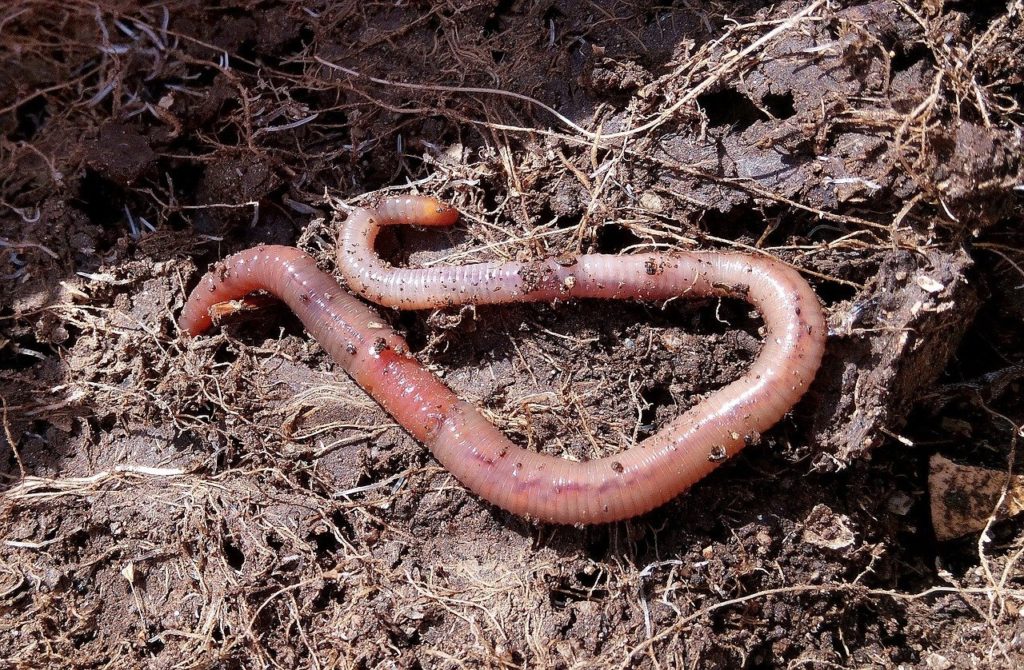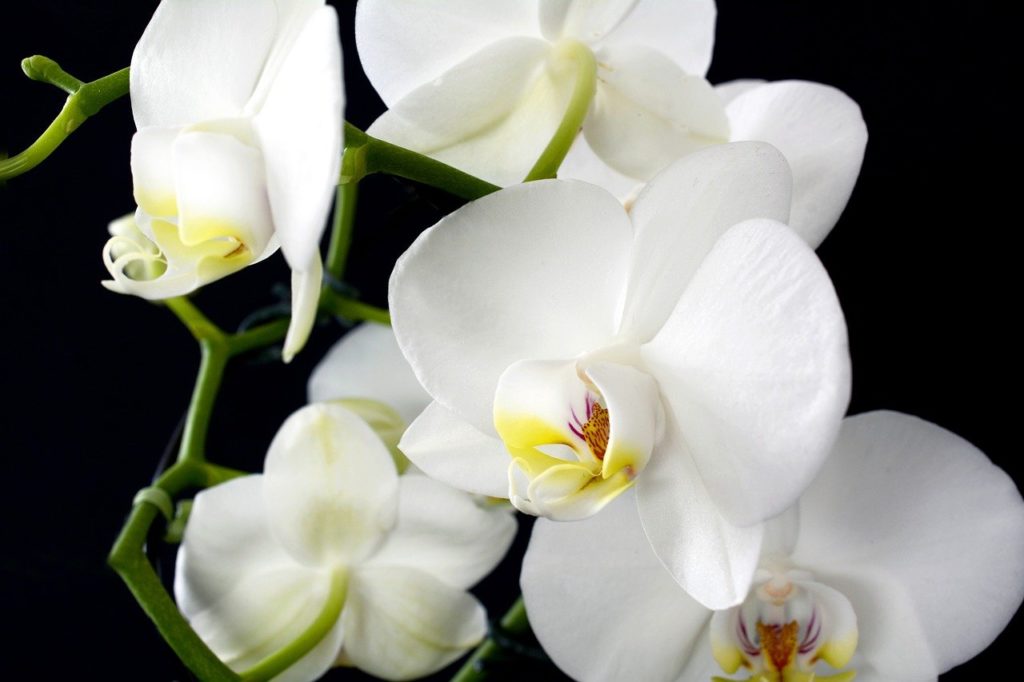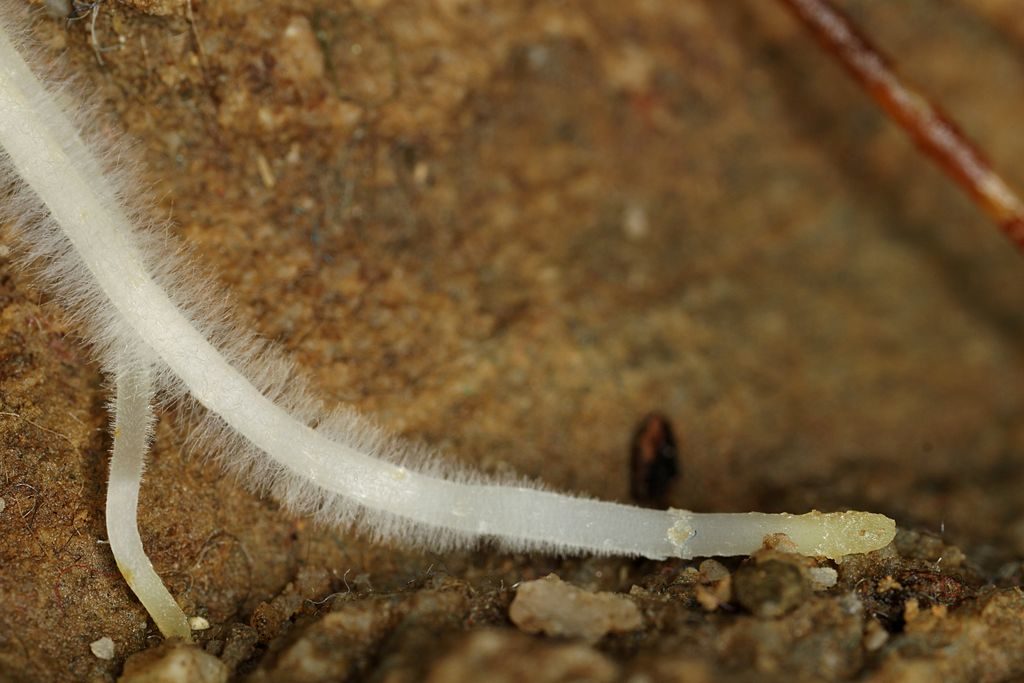Cannabis cultivation and beneficial fungi
List of contents
As described in our previous article on soil microorganisms, a complex symbiosis is established in the soil between the plant roots and a series of microorganisms and other animals, forming the so-called soil food chain. This microbial life enhances and accelerates many processes involved in plant development, such as the nutrients absorption or root development. The advantages of using beneficial bacteria and fungi also represent an excellent preventive defence against various pathogens, such as other fungi such as botrytis or pythium.
We would like to explore in depth the exciting micro world that lies beneath our plants substrate, observing on the one hand the main beneficial fungi we can find favouring our plants and on the other hand the different ways of stimulating and promoting these fungi's presence and reproduction in the growing medium.

Soil microorganisms
In general terms, there are four major microorganism groups present in a healthy and alive substrate:
- Fungi: Our protagonists today have various functions, such as decomposing organic matter, thus releasing nutrients into the environment. Besides, they feed on nematodes and at the same time serve as food for them. Also, as we will later see, they establish mycorrhizae, in other words, a symbiosis between the root and the fungus.
- Bacteria: Like fungi, they also decompose the organic matter present in the soil. They improve its structure and pH, in turn feeding nematodes and protozoa. As with fungi, bacteria act as a protective barrier against other pathogens.
- Nematodes: They feed on many different substrate elements such as organic matter, fungi, bacteria, nematodes or protozoa, releasing nutrients and promoting bacterial and fungal activity.
- Protozoa: They feed on bacteria, thus nourishing the soil and balancing the population of these. They also serve as food for predatory nematodes. Protozoa prefer moist and well aerated soils.
In addition to the microorganisms and in order to complete the chain, various arthropods should be added, as well as earthworms, which are true first-class food factories for our cultivation.

Beneficial fungi and mycorrhizae
Any healthy soil contains a considerable population of these fungi, which establish symbiotic relationships with plant roots in a mutually beneficial association. The fungi develop by forming a tissue consisting of a sort of threads called hyphae that interconnect the fungal population with the plant roots, thus establishing the symbiotic association. This symbiotic relationship between fungi (mycos) and roots (rhizos) is called mycorrhiza. Depending on the relationship between these fungi and the plant roots, they can be
classified into two main groups:
- Ectomycorrhizal fungi: As their name suggests, they build an ectomycorrhizal relationship, in other words, they establish surrounding the root surface. The hyphae do not penetrate the walls of the colonised root, but form a dense hyphal sheath that covers it. They can be distinguished with the naked eye as small globules attached to the root system.
- Endomycorrhizal fungi: In this case there is an endomycorrhizal association, which means that the fungus hyphae penetrate the epithelium of the colonized root to establish the relationship at an intracellular level, mainly for nutrient and water exchange.
For the plants, this association enables them to reach a larger soil surface thanks to the fungal network, which means a greater space, nutrients and water availability. Moreover, thanks to this association, the plant improves its resistance to stressful conditions such as salinity, soil acidification or sudden changes in temperature. Furthermore, it increases the absorption of important minerals such as phosphorus, nitrogen, potassium and calcium. On the other hand, the fungi receive carbohydrates and vitamins through the roots exudates. In some plant species such as orchids or plants whose seeds do not contain nutrient reserves, the symbiosis with the fungus is essential for the individual's survival.

Trichoderma and cannabis, an effective protection against pathogens
Certainly, one of the most widely used beneficial fungi in cannabis cultivation is Trichoderma harzianum. Unlike the so-called mycorrhizae, Trichoderma neither directly nourishes the plant nor receives food from it, so there is no symbiosis relationship with the plant and therefore it is not generally considered a mycorrhizal fungus. In colloquial terms it can be said that this fungus "goes to its own". It colonizes the substrate in a much faster way than the rest of microorganisms, almost aggressively, feeding on organic matter and other fungi producing antibiotic metabolites toxic to many other fungi.
This is its main characteristic, and the reason for its use in agriculture in general and in cannabis cultivation in particular. This rapid colonisation of the substrate and the distinctive diet, controls to a great extent the existence of other fungi (among them the dreaded fusarium and pythium). Thus, it is widely used in the pest prevention for cannabis plants. However, care must be taken when using mycorrhizal fungi and Trichoderma on the same substrate, as this could cause a competition phenomenon between them, and consequently decrease the microorganisms’ effectiveness.
Trichoderma and mycorrhiza use
Due to the different substrate colonisation characteristics between mycorrhizal and Trichoderma fungi, it is necessary to proceed very carefully if one wants to promote a healthy and balanced colony of both fungi. The reproductive speed of the mycorrhizal fungi is considerably lower than that of the Trichoderma. Thus, it is always essential to inoculate the substrate first with the mycorrhizal fungi and to provide sufficient time to establish. Once we have a good mycorrhizal fungi population (usually takes about 15 days), it is
the time to introduce Trichoderma into the substrate.
In case of doing the opposite or inoculating both fungi at the same time, Trichoderma fungus will colonise most of the substrate and will hardly leave any free physical space for the mycorrhizal colony. Therefore, the symbiosis benefits between the fungi and the root will be significantly lost. Certainly, Trichoderma exhibits an extreme colonising ability! In spite of these, it is also advisable to use it as soon as possible, thus preventing the appearance of those fungi that are harmful to the plant and the substrate microorganisms.

How to promote beneficial fungi in the soil
It is possible to act in our culture medium in order to promote and increase the number of these beneficial microorganisms. It has been noted that Trichoderma fungus can limit the development of other microorganisms, but action can be taken to stimulate further microorganism development. For example, by preventing the use of mineral fertilisers and other additives such as pH reducers, the proliferation of microorganisms is encouraged. This is certainly best achieved by using fertilisers rich in organic matter.
Another important factor is the substrate management, which plays an important role in providing the right conditions for the soil food chain to work optimally. All these microorganisms prefer moist, non-drying, and highly aerated soils. They therefore benefit from good drainage, lighter substrates and a higher level of organic matter. It is therefore important that the substrate is not too compact and is not removed.
In fact, the use of this type of microorganism would only be recommended in cultivation with a good organic substrate and by applying organic nutrition. It is certainly under these precise conditions that differences can really be observed between plants growing on inoculated substrates or substrates with microbial life, and plants growing on substrates lacking it.
We hope that this information has helped to clarify some concepts such as the difference between mycorrhiza and Trichoderma. Also that the advice presented here will be helpful in encouraging the development of these beneficial microorganisms in your cultivation.
Happy harvests!





